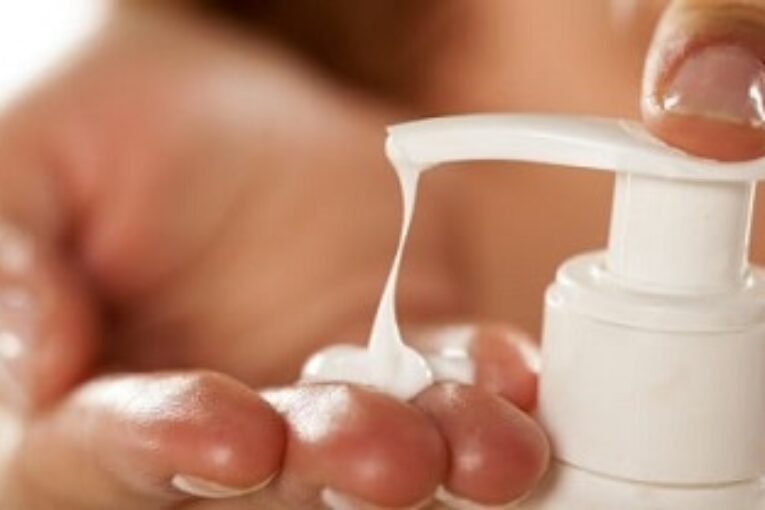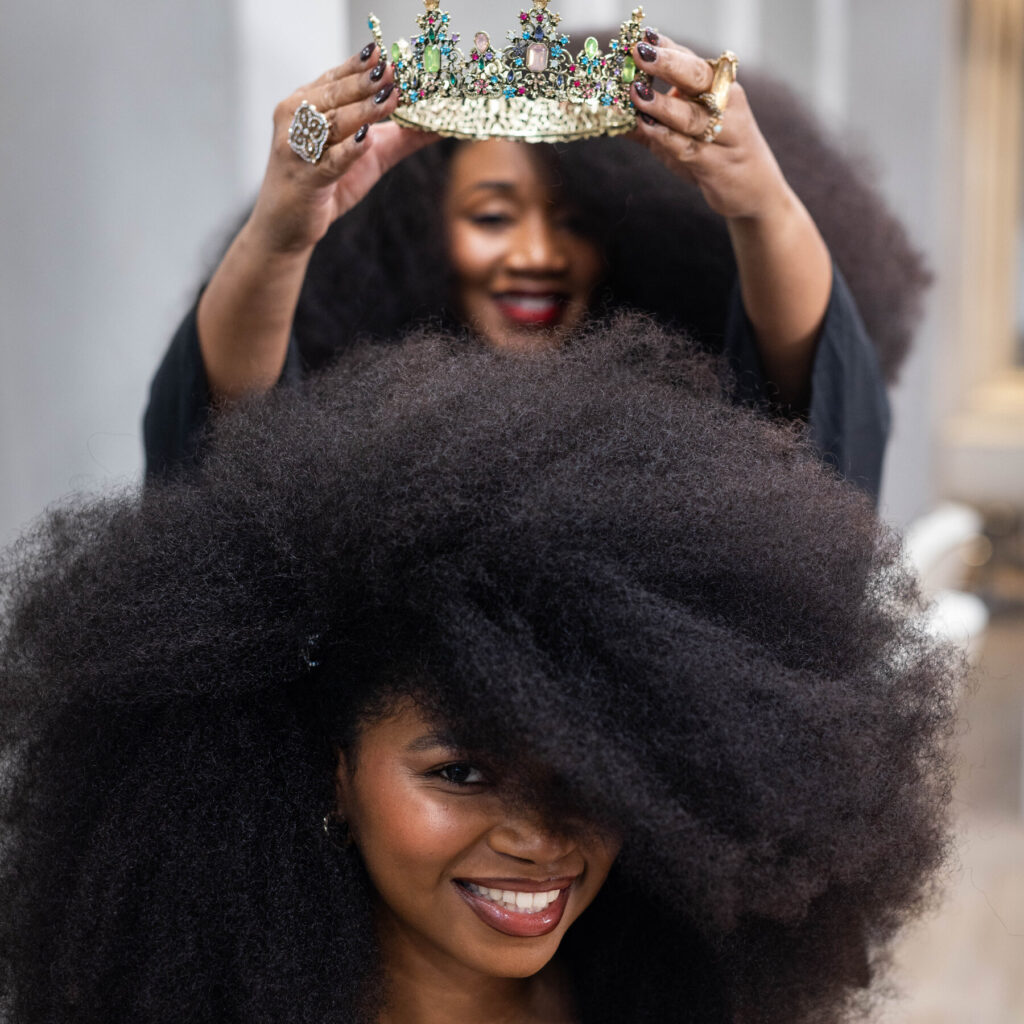
Learn how to check if your lotion contains bleaching agents. Spot harmful ingredients, avoid unsafe creams, and choose safe skincare products in Nigeria.
Many people in Nigeria buy lotions and body creams without checking the ingredients. At first, it feels like the product is working. Your skin might look lighter, smoother, or brighter. But weeks later, you start noticing stretch marks, sunburn patches, or strange reactions. That is usually the silent effect of bleaching agents hidden inside skincare products.
Knowing how to check if your lotion contains bleaching agents is not just about appearance; it is about protecting your skin and health. Some harmful ingredients are still widely used in body creams across the market and often go unnoticed by buyers. This article will guide you on identifying bleaching agents, what red flags to look for, and safe alternatives to switch to.
Why You Should Care About Bleaching Agents in Lotions
Bleaching agents are chemicals used in lotions and creams to lighten the skin tone. While many products are openly marketed as skin-lightening creams, the worrying part is that some everyday moisturisers contain these substances without clear labelling.
Using such creams long-term can cause serious damage. Common effects of bleaching creams include:
- Thinning of the skin
- Stretch marks
- Increased acne breakouts
- High sensitivity to sunlight
- Risk of skin infections
- In extreme cases, kidney and liver damage from mercury-based creams
A lotion that promises quick “whitening” or “toning” often does more harm than good. That is why understanding the ingredients in bleaching creams is important before you apply them to your body.
Common Bleaching Agents Found in Lotions
To properly identify harmful body lotions, you need to know the most common bleaching agents. These include:
- Hydroquinone: One of the most popular skin-lightening chemicals. While small amounts are sometimes used in medical treatments, over 2% concentration in cosmetics is unsafe and often banned. Long-term use can cause ochronosis, a condition that darkens the skin permanently.
- Mercury compounds: Despite global bans, mercury-based creams are still in some Nigerian markets. Mercury can enter your bloodstream through the skin and affect organs like the kidneys.
- Corticosteroids: These are usually prescribed for skin conditions, but some creams misuse them for quick “toning” effects. They thin the skin, making it fragile and prone to infections.
- High concentrations of kojic acid or strong acids: While kojic acid is sometimes safe in small amounts, high levels can irritate the skin.
- Knowing these names will help you spot harmful lotion ingredients and avoid products that could harm your health.
- How to Read Lotion Labels Like a Pro
Most people ignore the small print on lotion bottles. But to avoid skin bleaching creams in Nigeria, you must get into the habit of reading labels. Here is how to do it:
- Check the ingredient list carefully: Look for hydroquinone, mercury, clobetasol, betamethasone, or steroids.
- Watch for misleading marketing terms. Phrases like “skin lightening,” “whitening,” “fast action,” or “intense glow” often suggest bleaching properties.
- Avoid lotions with no ingredient list: If the product does not show what is inside, that is a major warning sign.
- Look at concentration levels: If hydroquinone or similar agents are listed above 2%, the product is unsafe.
This simple practice can save your skin from long-term damage.
Quick At-Home Tests for Your Lotion
While reading labels is the most reliable way, there are also quick checks you can do at home:
- Patch test: Apply the lotion on a small area of your arm for 24 hours. If you notice irritation, burning, or light patches, it may contain harsh chemicals.
- Smell and texture: Creams with a strong chemical smell or unusual stickiness might contain bleaching agents.
- Colour change over time: Some unsafe lotions darken or change colour after being left in the sun.
These are not scientific tests, but they can give you early signs before you use the product all over your body.
Red Flags When Buying Lotions in Nigeria
The skincare market is filled with safe and unsafe products side by side. To avoid harmful skin-lightening products, watch out for these red flags:
- Lotions sold without NAFDAC numbers
- Products promising “3 shades lighter in one week”
- Unusually cheap creams with big claims
- Street-sold lotions in unlabelled containers
If a product ticks any of these boxes, think twice before putting it in your shopping basket.
What to Do If You Discover Your Lotion Contains Bleaching Agents
If you realise that your lotion is unsafe, here is what you should do:
- Stop using it immediately to prevent further damage.
- Switch to safer alternatives such as natural body creams with shea butter, cocoa butter, coconut oil, or aloe vera.
- Consult a dermatologist if you have been using bleaching creams for a long period and are already experiencing side effects.
Your skin can heal, but the sooner you stop using harmful lotions, the better your chances of recovery.
Safe Alternatives to Bleaching Creams
You do not need bleaching agents to achieve healthy, glowing skin. Many safe lotions in Nigeria are available, and natural moisturisers are even better for long-term use. Consider:
- Shea butter lotions: Known for deep moisturising and repairing damaged skin.
Cocoa butter creams: Perfect for reducing scars and keeping the skin soft.
Aloe vera gels and lotions: Naturally calming and hydrating.
Coconut oil-based creams: Lightweight and nourishing.
These products improve skin health without hidden dangers. If you are unsure, always choose NAFDAC-approved lotions or consult a dermatologist before trying something new.
Checking if your lotion contains bleaching agents should become a routine. Harmful ingredients like hydroquinone, mercury, and steroids can cause long-lasting damage, and the only way to protect yourself is to stay informed. Always read labels, avoid suspicious products, and stick to safe moisturisers that enhance your natural glow.
Your skin is not just about beauty; it is a shield for your health. Before you apply another cream, ask yourself: Do I know what is inside this bottle? If the answer is no, take the time to check. Your skin will thank you in the future.




